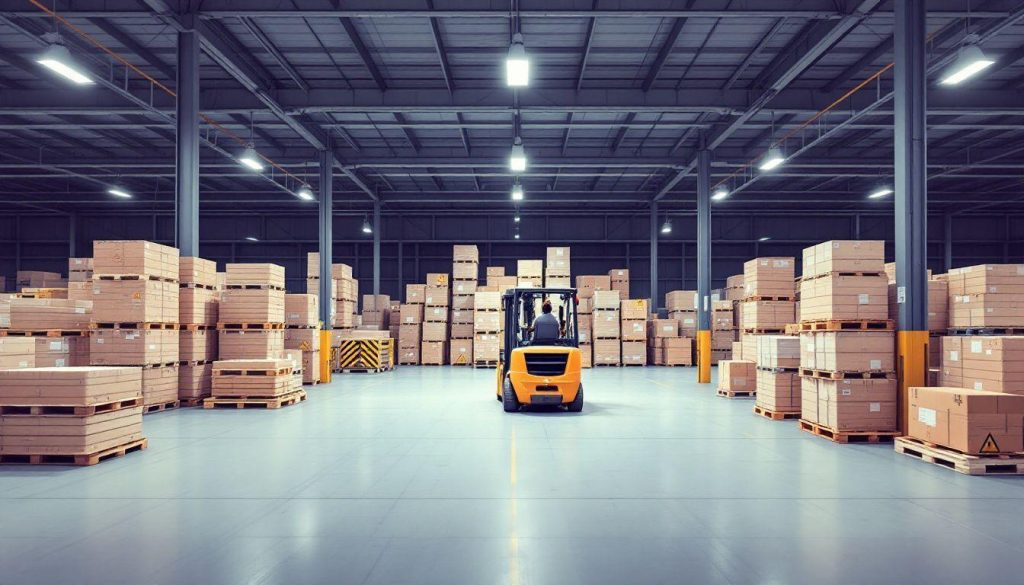Logistics professionals are facing a technological turning point. Delivery expectations are accelerating, with two- to three-day windows now standard—and rising demand for same-day service. As volatility becomes part of daily operations, from raw material delays to last-mile uncertainty, many are turning to digital twins for greater visibility and control.
A digital twin in logistics is far more than a simulation tool. It’s a continuously evolving virtual mirror of your physical supply chain, ingesting real-time data to forecast disruptions, reroute inventory, and balance service levels against cost.
Training Digital Twins: What Supply Chain Leaders Need to Get Right
For logistics and supply chain leaders, digital twins represent more than just a new layer of visibility—they’re a foundation for smarter, faster, AI-powered decision-making. But the real value emerges when these twins are trained to think and respond like your network does in the real world.
That training is not automatic. It demands careful orchestration across four critical areas—each requiring your leadership to align data, systems, and teams.
1. Prioritise Data Harmonisation
Digital twins are only as good as the data that feeds them. Most logistics environments are riddled with siloed systems—WMS, TMS, ERP, IoT. The first step is to harmonise
these sources and apply operational context. Your teams need to know not just what is happening, but why—whether a delay is due to a missed supplier deadline, an inbound dock backlog, or a stockout at the picking line.
Your role: Champion a shared data framework that connects systems and translates technical metrics into actionable business signals.
2. Push for Behaviour-Based Learning
True digital twins don’t just model ideal workflows—they learn from the actual behaviours in your operation. Through AI and machine learning, they can detect inefficiencies, anticipate disruptions, and test new strategies before they’re rolled out.
Your role: Ensure your twin is trained on real operational data, not just blueprints or SOPs. This means investing in machine learning models that reflect the reality on your warehouse floors and delivery routes—not just design assumptions.
3. Mandate Scenario Testing
Once trained, your twin becomes a simulation lab. Leaders can model disruptions—port closures, demand surges, driver shortages—and see how the network holds up under pressure. This isn’t just a tech feature—it’s a strategic tool to de-risk decisions and build resilience.
Your role: Integrate scenario planning into quarterly ops reviews and capital investment decisions. Use the twin as your stress-testing partner before committing real resources.
4. Enable Continuous Learning
Digital twins aren’t one-off projects. As new data flows in, the model should continuously update, improving its recommendations and sharpening its predictions.
Your role: Build in feedback loops. Your teams must refine the model based on real-world results, and your systems must support daily data refreshes. The goal is a twin that evolves alongside your operation, not one that grows stale.
Training the Twin: The Quiet Engine Behind Operational Intelligence
The value of a digital twin lies not in its existence, but in how it’s trained. A well-trained twin reflects not just infrastructure, but behaviour—ingesting live data, adapting to edge cases, and stress-testing responses to real-world disruption.
For business leaders, the priority isn’t building a twin—it’s teaching it to think like your network. That starts with standardising data across systems, ensuring it’s contextualised for operational relevance, and feeding it through continuous learning cycles that mirror day-to-day realities.
Looking ahead, we expect trained digital twins to underpin everything from warehouse reconfiguration to multi-node inventory balancing and dynamic risk assessment. The sophistication of your twin will increasingly reflect the maturity of your training process. In short: as supply chains become more autonomous, training the model becomes training the business.








